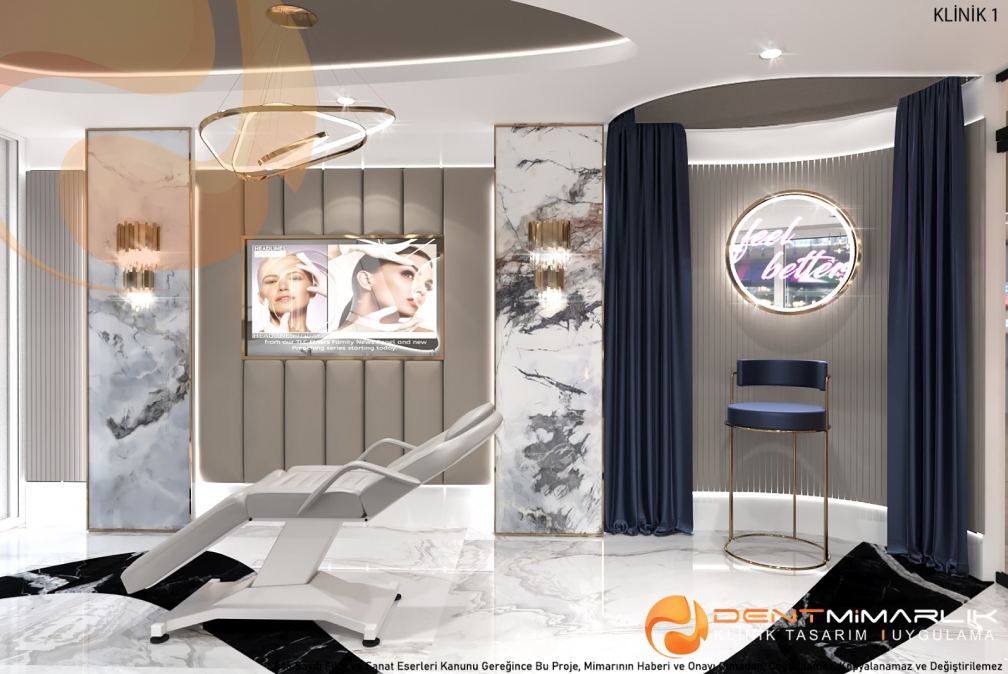Overview
Non-surgical Rhinoplasty or nasal filler is a non-invasive cosmetic procedure that has recently gained popularity. This procedure allows reshaping the nose by removing the hump in the nose without scarring and giving the nose a defined and straighter appearance. It is a temporary procedure requiring a shorter recovery time than rhinoplasty surgery. The patients can return to their everyday life within a day or two of the treatment.
Generally, non-surgical Rhinoplasty aims at several points, including:
- Getting rid of the appearance of small bumps in the nose.
- Make the tip of the nose more prominent.
- Lift the tip of the nose.
- Add some volume to the nose.
- Sculpt the profile of the nose.




